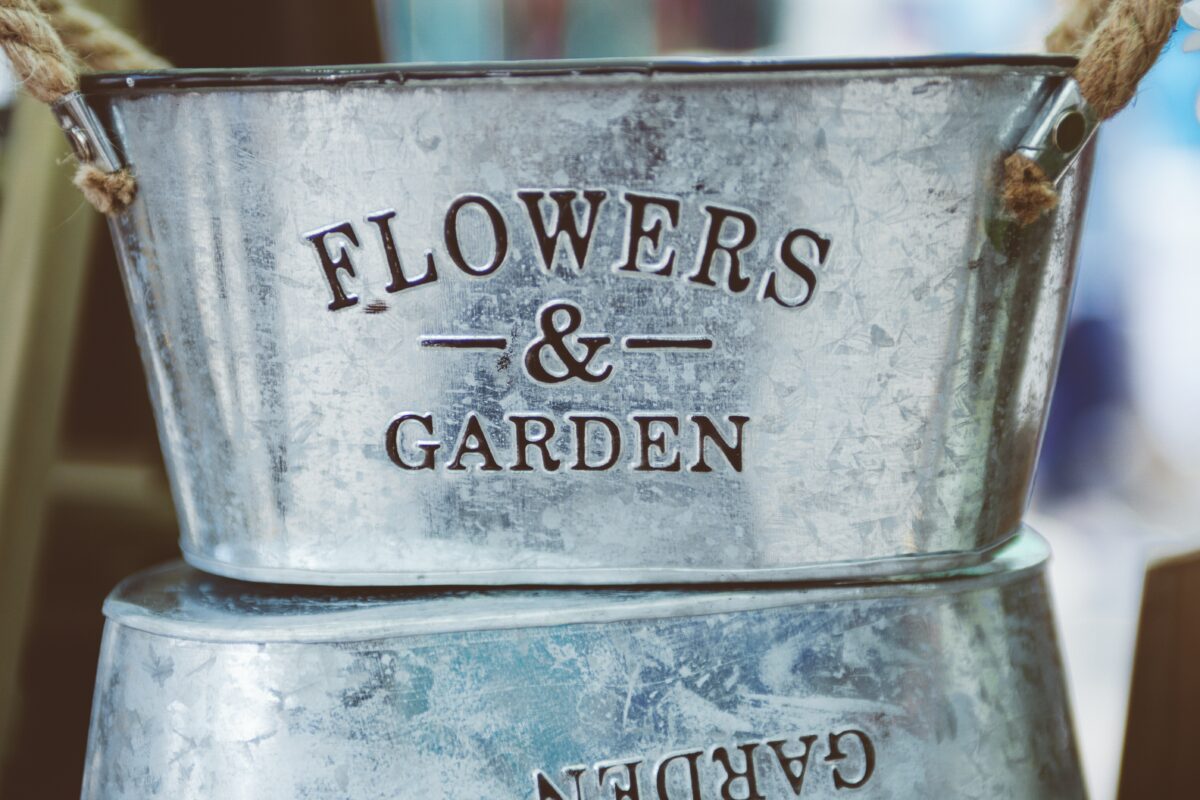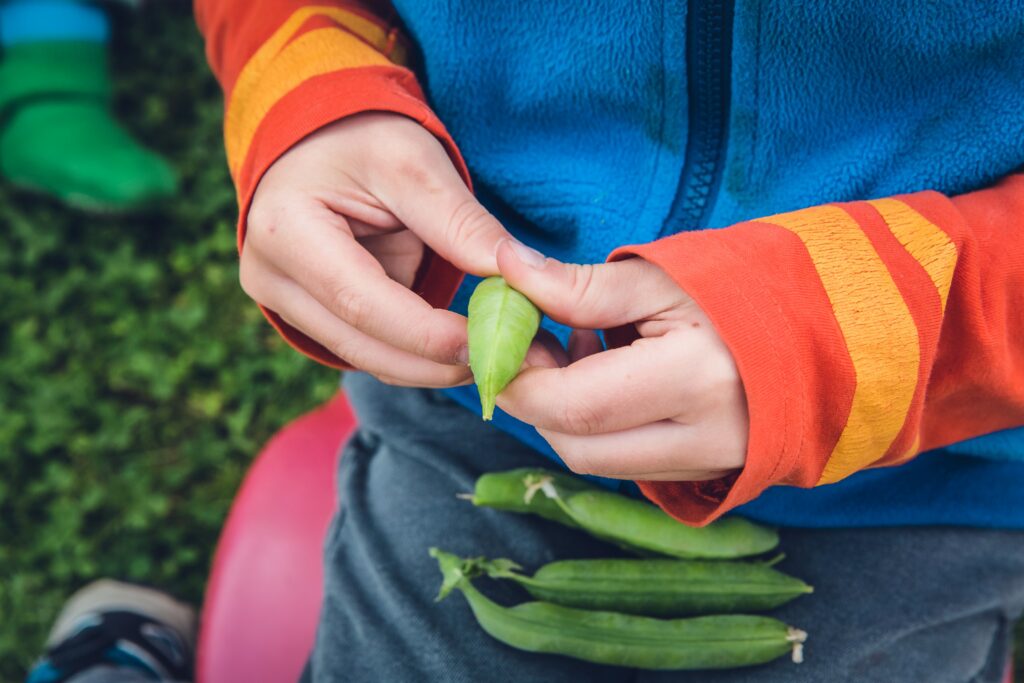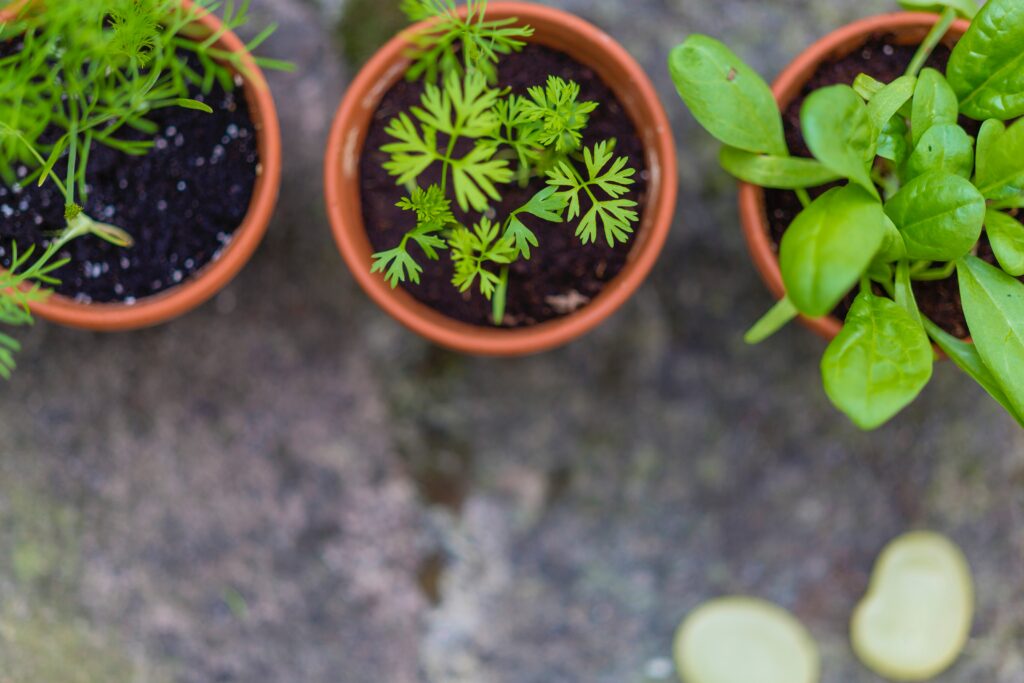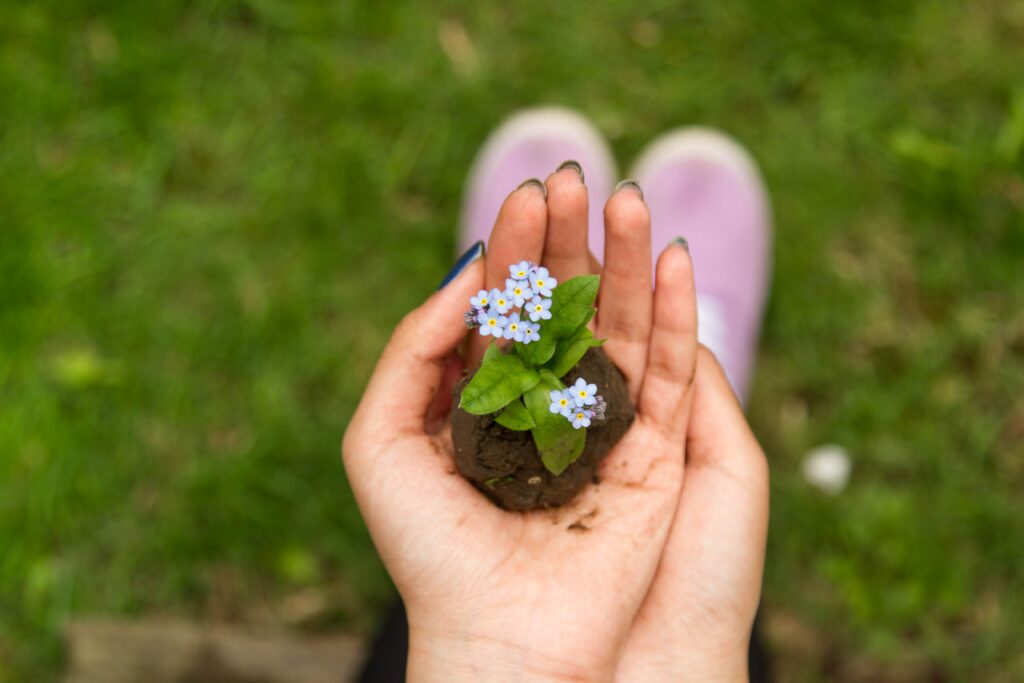
Photo: Unsplash
Urban gardening: The term itself is a bit of an oxymoron. When you think urban, you think tall buildings, small spaces, and lots of concrete. And when you think gardening, open fields, dirt, and the color green come to mind. The two ideas couldn’t be more disconnected, it seems.
But one quick Google search will tell you that’s not the case. Urban gardening, also known as urban farming and urban agriculture, is a thing. People in cities big and small all across the United States are planting and tending gardens of all shapes and sizes on rooftops, in neighborhood parks, and even in their tiny apartments.
The flowers, herbs, and food they grow are being used to beautify cities, bring communities together, and feed the hungry. Even better, the act of gardening itself comes with its own benefits when it comes to the health and happiness of the people doing it. As the gardens grow, so does the gardener’s confidence, physical fitness level, and sense of self-worth. And the fresh, fragrant fruits of your labor (pun intended) are just an added bonus.
Gardening is and has always been one of the most beneficial hobbies for your physical and mental health. Way back when growing your own food was necessary for a family’s survival, our grandparents and great grandparents weren’t aware that the time they spent in the garden did more than just feed the family. In fact, all of that tilling, sowing, and watering of their backyard plots were also strengthening their hearts, toning their muscles, and sharpening their minds.
As food has become easier to access, gardening has fallen out of fashion. In fact, time spent outdoors in general is on the steep decline. Research shows that Americans are spending less and less time in nature and more and more time in front of screens. In fact, most people spend only five percent of their day outdoors.
As you might imagine, spending less time in nature has some negative consequences. People who previously spent time outside regularly but no longer do might suffer from nature withdrawal, a condition that causes an individual to feel disoriented, overwhelmed, and depressed.
Another potential side effect of not spending enough time outdoors is nature-deficit disorder. Children and adults alike might experience dulled senses, attention problems, and obesity. People with nature-deficit disorder may experience more emotional and physical illnesses. This disorder may also contribute to broader societal issues like ecological illiteracy, lack of environmental stewardship, and the decline of independent play among children.
As dismal as these conditions sound, most experts believe a solution exists. As a society, we just have to spend more time outside. And one of the easiest, most affordable, most accessible ways to do that is — you guessed it! — gardening. You probably also figured out that the hobby of old is going to look considerably different moving forward than it ever has.
The trick to accomplishing this just might be a little oxymoronic in and of itself. We can use the same technology and urbanization that has pulled us away from nature to draw us back. Even if you’re stuck in a tiny apartment with no opportunity to cultivate a garden outdoors — whether because you are ill, have a disability, or don’t have access to a balcony, patio, or even windowsill — there are ways to surround yourself with more natural elements. Here’s how.

Photo: Pexels
Learn as You Go
In the past several decades, a generational shift has occurred. As food became more of a commodity than an experience, the traditional knowledge and skills associated first with growing your own food, then with gardening as a hobby, ceased to be passed down from generation to generation. In other words, no one snaps green beans on the porch with grandma anymore.
As a result, many of today’s younger generations don’t possess the green thumb that older age groups nurtured from childhood on. This is especially true for those who have grown up in urban environments where green space is at a minimum. Luckily, technology can provide the resources an urbanite needs to bridge the educational gap.
From free gardening guides for beginners to in-depth online courses, you can learn anything and everything you need to know about horticulture from the comfort of your home. As a general rule, you should start with gardening basics, like what to plant when and how much sunlight, water, and room for growth each plant needs.

Photo: Unsplash
Many first-time gardeners start small with an herb garden. Others select a single variety of fruit or vegetable. It’s important to remember that no matter which route you choose, there will likely be some failures along the way. Not every plant will live, and not every tree will produce fruit. But with proper care and attention, you will get better. Your gardening ventures will begin to thrive, and your proverbial thumb will begin to turn green.
Tools of the Trade
Aside from the knowledge you need to care for a living, breathing plant, there are some special tools a gardener needs. Unfortunately, the closer you get to a city center, hardware and big box stores are fewer and farther between. Not to mention, it might be difficult to get a cart full of gardening accessories home via public transportation.
But where there’s a will, there’s a way. Thanks to online shopping, just about any supply you need can be purchased from your smartphone and shipped to you within a few days. From seed kits and gardening gloves to window boxes and organic soil, a gardener’s catalog is both broader and more affordable than it has ever been.
Technology has been especially kind to urban gardeners. Not only has internet access made the tools of the trade easier to acquire, new tools are being developed to combat the unique challenges associated with gardening in the city. For instance, vertical wall planters maximize space while also serving as a modern, chic design element.
Make It Social
Perhaps the most exciting aspect of incorporating new technology into one of the world’s oldest hobbies is the potential to revive and modernize the “garden club.” This new version looks a little different than those of the past. Instead of old ladies in fancy hats sipping sweet tea on the lawn, it’s men, women, and children all over the world convening via social media to share photos and live feeds of their gardening victories and defeats.
Another key element of urban gardening, the community garden, doesn’t just provide pockets of green in an otherwise grey city. These oases give neighbors an opportunity to provide for one another’s most basic needs while developing new bonds and forging new friendships.
All the while, people who typically spend only a few minutes a day outdoors are reconnecting with nature. As the hobby develops, they are consistently and voluntarily choosing time outside, where they are doing rewarding work, learning new skills, and making meaningful connections. Before you know it, a new habit has developed, and as a result, they are reaping the emotional and physical benefits that sunshine, fresh air, and movement provide.
Photo: Unsplash
Though the rise of technology and the fall of time spent in nature are undeniably connected, one is not the fault of the other. Given our current levels of dependence upon technology, it is unreasonable to expect members of our society to abandon modern life entirely and revert back to nature. In order for city dwellers to start spending less time in front of screens and surrounded by concrete, and more time in nature cultivating their green thumbs, we must find some common ground between the two.

